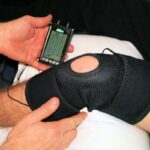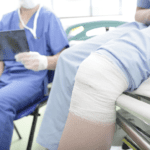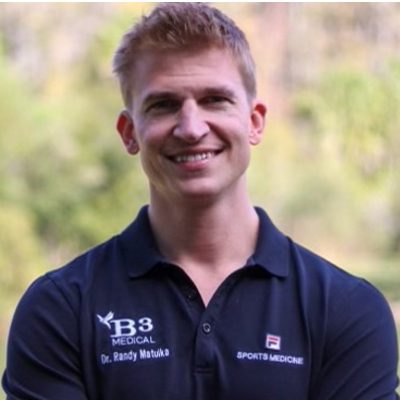Osteoarthritis is one of the most common ailments caused by aging. It results in pain and inflammation in the joints, especially the knees.
Exercise is one of the best ways to find relief without drugs. Exercise helps the joints compress and release, bringing good things like nutrients and oxygen into the cartilage and increasing blood flow.
The three main types of exercises that help the most are ones that involve range of motion or flexibility, endurance or aerobic exercises, and strengthening exercises.
Range of Motion Exercises
Osteoarthritis makes it difficult for joints to function without causing pain. Even the simplest task can cause a great amount of pain.
Exercises like gentle stretching and taking joints through their full range of motion can help improve the movement in the joints and reduce pain.
Sitting knee extensions, hip flexor stretches, and other exercises like these can help.
Aerobic Exercises
These exercises help strengthen the heart and lungs at the same time you’re helping your joints. They can also help you maintain or lose weight since those extra pounds put stress on hip and knee joints.
Walking, swimming, biking, or elliptical training are lower-impact and are pretty joint-friendly. Begin with about 10 minutes at a time and increase the minutes every few days. The goal is about 30 minutes for five days a week.
Strengthening Exercises
Strengthening the lower back and lower extremities can help take some of the pressure off your hips and knees. Resistance bands or light weights can help with this. Yoga, Pilates, and Tai Chi can also help improve balance and build strength.
Getting up from a chair into a standing position and then sitting back down without using your hands for 30 seconds can be a good exercise. Squatting and standing against a wall can also be good. Standing on one leg for ten seconds at a time is also a way to strengthen your joints.
What Exercises Should You Avoid?
The key is making sure you don’t jump into any exercise routine too quickly. Make sure you build up your strength and endurance first.
For severe osteoarthritis, it’s best to avoid high-impact exercises like running, activities where you change direction quickly like tennis or basketball, and workouts that involve jumping.
For moderate symptoms, some higher-impact exercises can help stimulate cells to help repair cartilage.
Before beginning any exercise program, check with your doctor and make sure you know how to do the exercises correctly. A personal trainer or physical therapist can help teach you proper form. Don’t push through any pain. These exercises are only suggestions. The professionals at B3 Medical can help you find a non-surgical way to relieve your osteoarthritis pain and help you find the best exercises for your symptoms. Contact us today.



























